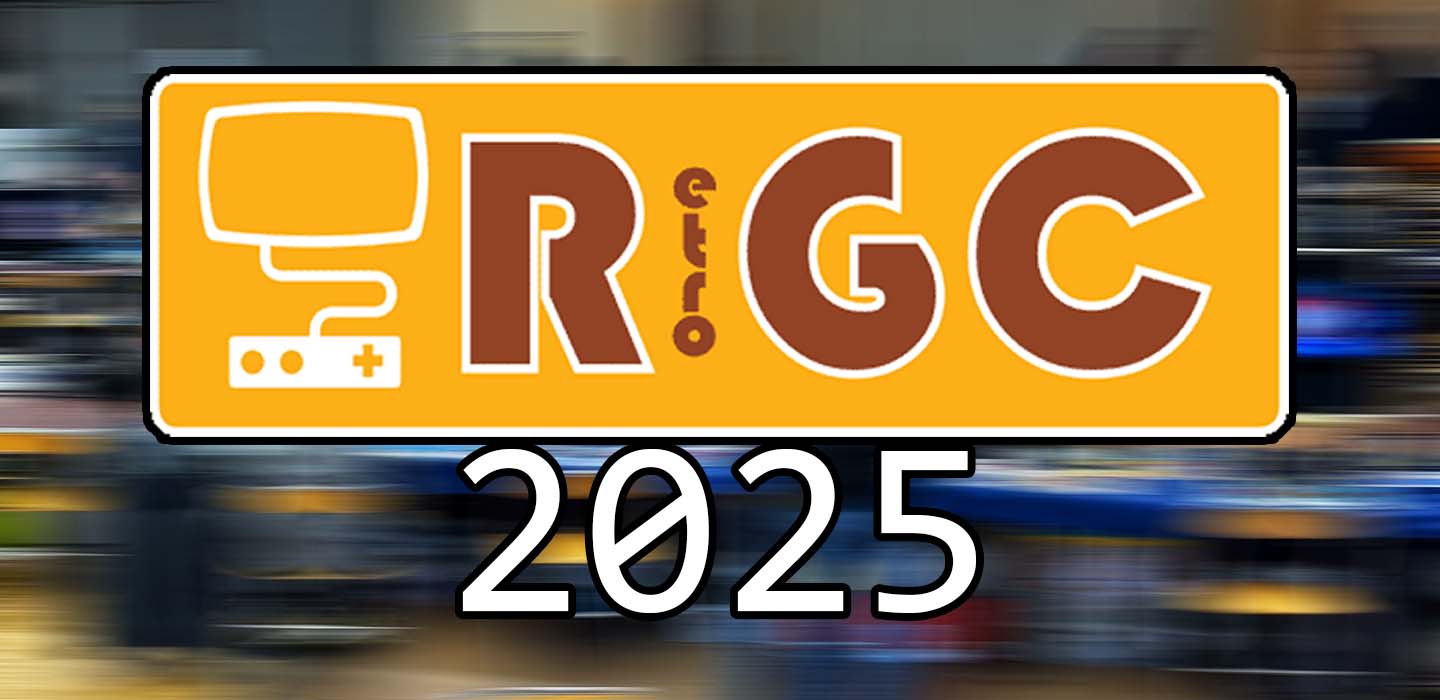
About the convention
French people are very keen on retro-gaming. Many people here spend hours playing older games, sometimes on vintage console linked to an antique CRT. The only proper way to experience the games the way we did more than twenty years ago. A lot of member of the community like to repair and tinker their machines, and some of them even develop new games and sell them on physical medium!
Many of those very involved retro-gamers eagerly await the Halloween season, as it is the time for the RGC convention.
It is rather small, especially compared to some famous retro-gaming events organized in the USA, [UK](https://www.playexpoblack…

About the convention
French people are very keen on retro-gaming. Many people here spend hours playing older games, sometimes on vintage console linked to an antique CRT. The only proper way to experience the games the way we did more than twenty years ago. A lot of member of the community like to repair and tinker their machines, and some of them even develop new games and sell them on physical medium!
Many of those very involved retro-gamers eagerly await the Halloween season, as it is the time for the RGC convention.
It is rather small, especially compared to some famous retro-gaming events organized in the USA, UK or even continental Europe. But it is by purpose. Indeed, most of the participants are also exposers. It is the perfect place to proudly showcase a part of his collection, or progresses made during the year on a homebrew development or some custom hardware extension.
As the RGC is closed to the general public, it is not a problem to leave machines unattended: nobody fears theft or damage. So everyone can spends the day experiencing things on others booths as almost everything exposed is in working conditions and playable. This year, there were a lot of Nintendo related booths. One of them was dedicated to the 40th anniversary of Super Mario Bros., while another one displayed a nice collection of Nintendo toys and cards.
Just like most of past editions, I had a booth of my own. This year I set up, with the help of two friends, a mini four player Quake 3 LAN. Its main purpose was to showcase cross-play games with two PowerPC Mac Mini G4, one Pentium 4 PC and one SEGA Dreamcast. The Dreamcast was the first console that could connect to Internet services thanks to its built-in modem. In October 2000, people could play Quake 3 online against PC gamers. Unfortunately PC versions continued to evolve while the Dreamcast stagnated and soon became incompatible. Luckily for us, ID Software still provides every released binaries on its Github, and it is quite easy to set-up the computers with the right configuration. We also had the keyboard and mouse for the Dreamcast, otherwise the DeathMatches would’nt have been fair to the player on the console.
The Quake 3 LAN is showcased in the following video.
Short video
2 minute video report
Photos
Home computers
During the 80s, and even the early 90s, home-computers enjoyed more success in Europe than console. English brands such as Sinclair and Amstrad had a respectable market share during the 8-bit era, along with the C64.
 An 8-bit Amstrad CPC 6128 alongside the ill-fated GX4000 console
An 8-bit Amstrad CPC 6128 alongside the ill-fated GX4000 console
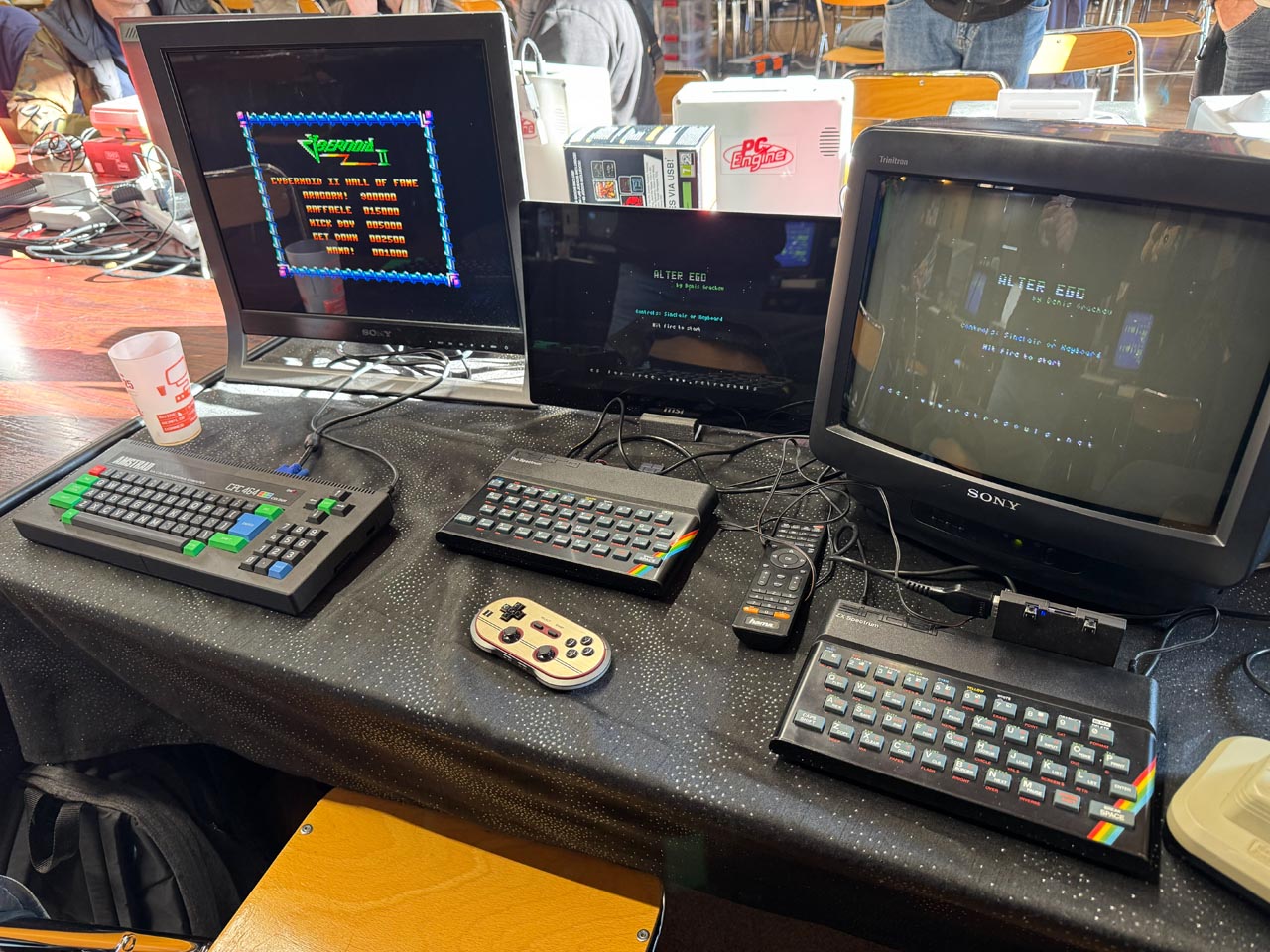 Two Sinclair ZX Spectrum and an amateur modern recreation of a CPC 464
Two Sinclair ZX Spectrum and an amateur modern recreation of a CPC 464
16-bit home-computers from Atari and Commodore were much more successful in Europe than in other regions, and even their 32-bit computers met some success before the unfortunate fall of these companies.
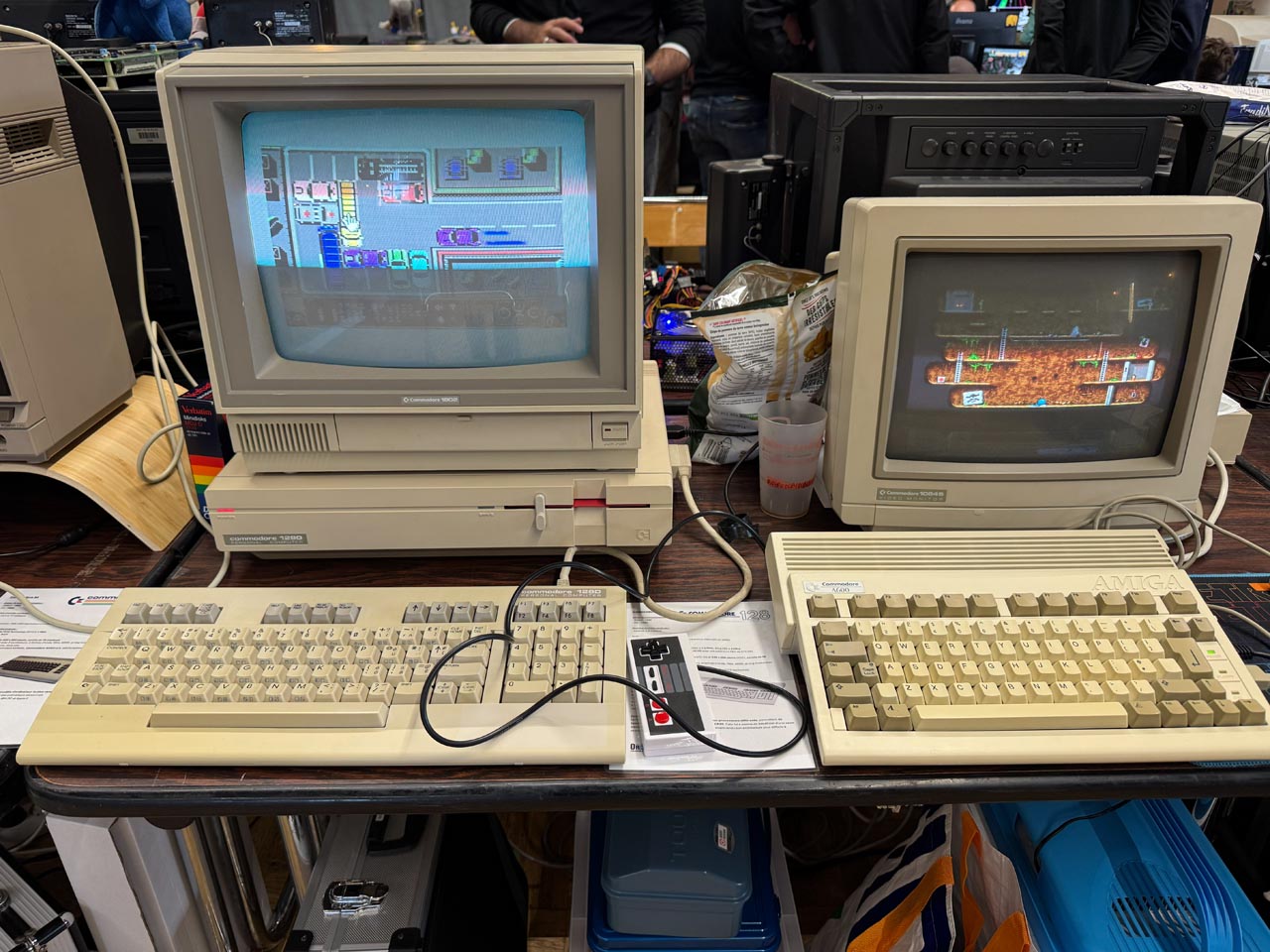 A desktop 8-bit Commodore 128 and a 16-bit Amiga 600
A desktop 8-bit Commodore 128 and a 16-bit Amiga 600
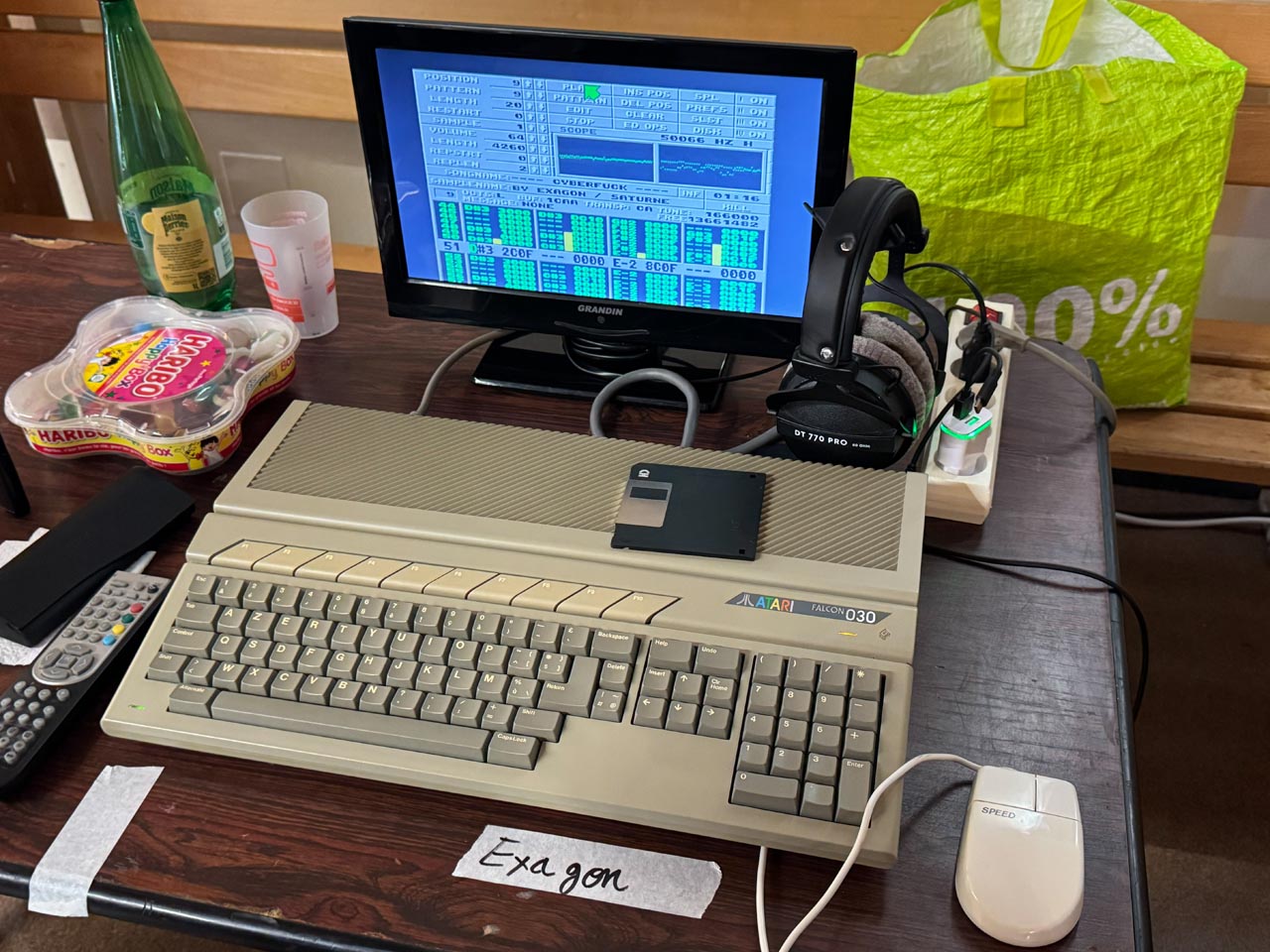 The very last Atari Computer: the Falcon 030
The very last Atari Computer: the Falcon 030
The Atari Falcon 030 is a rare beast. Less than 10000 units were sold. Many of them in France.
Nintendo toys
It may be hard to believe nowadays, but before video games, kids used to play with physical toys. Nintendo, which was funded in 1889 to commercialize gaming cards, became an important toys maker after WWII. An attendee was presenting a part of his private collection at the convention.
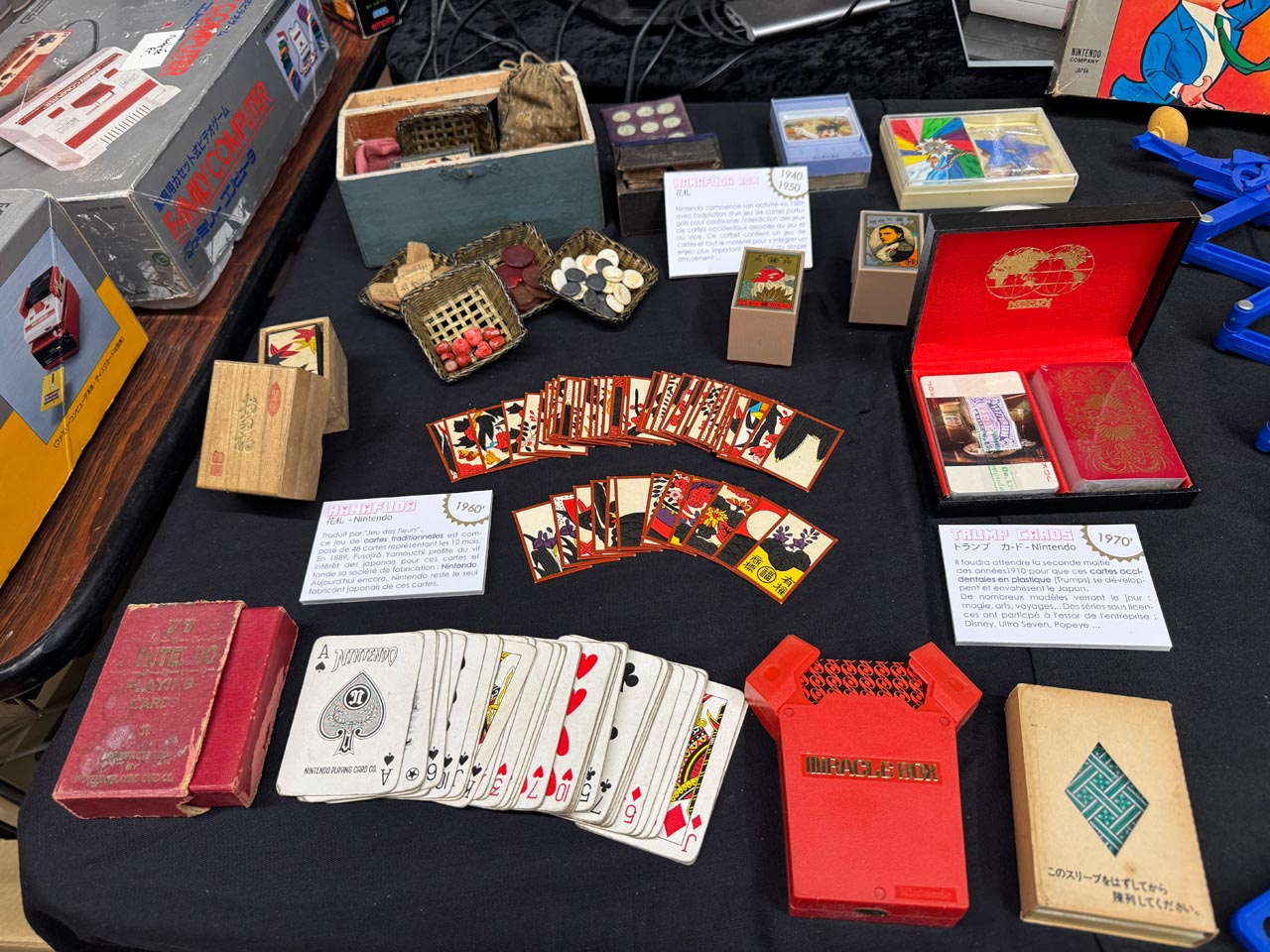 A representative range of old Nintendo gaming cards
A representative range of old Nintendo gaming cards
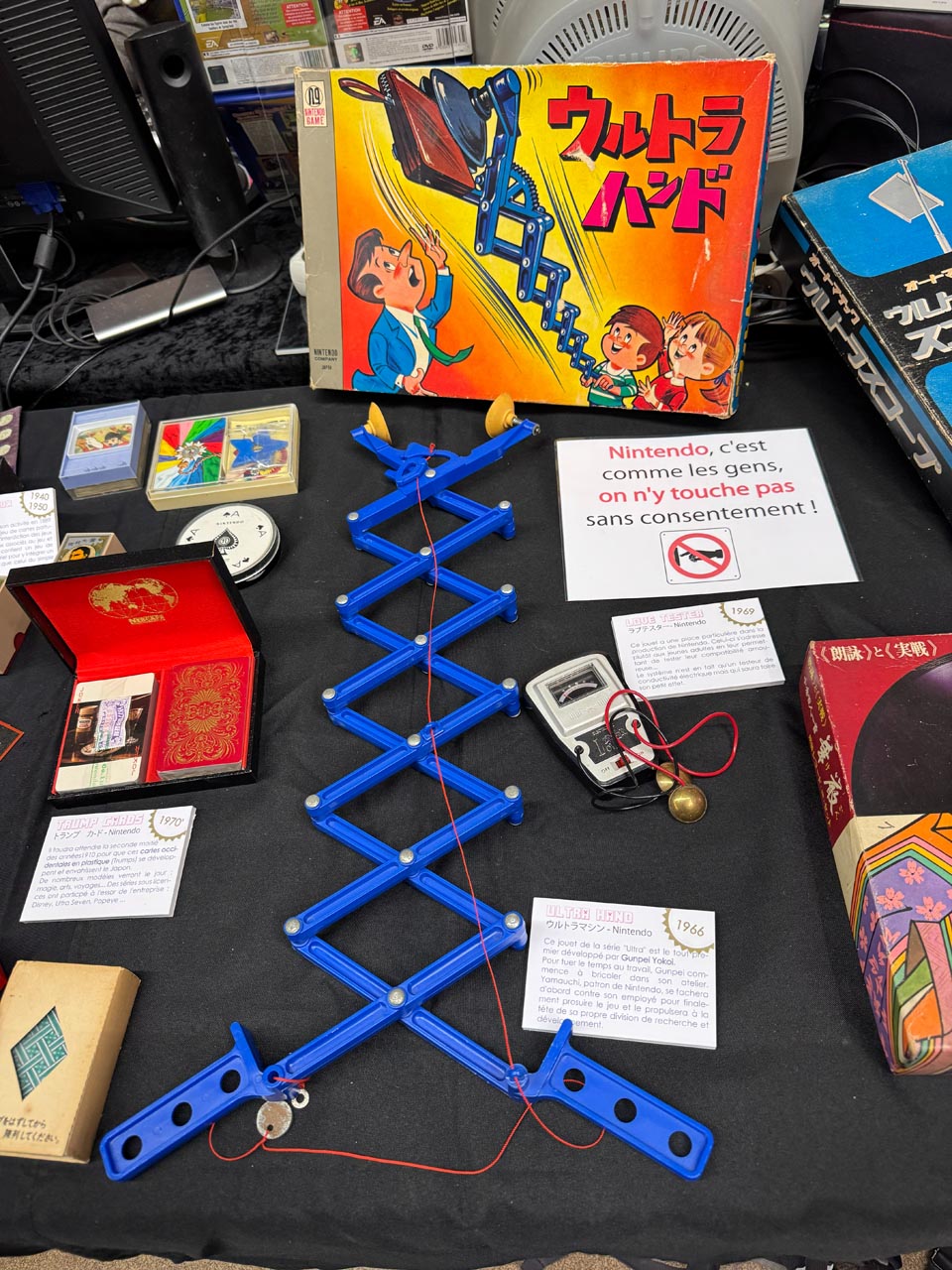 The Ultra-Hand (1966), one of the first creation of Gunpei Yokoi
The Ultra-Hand (1966), one of the first creation of Gunpei Yokoi
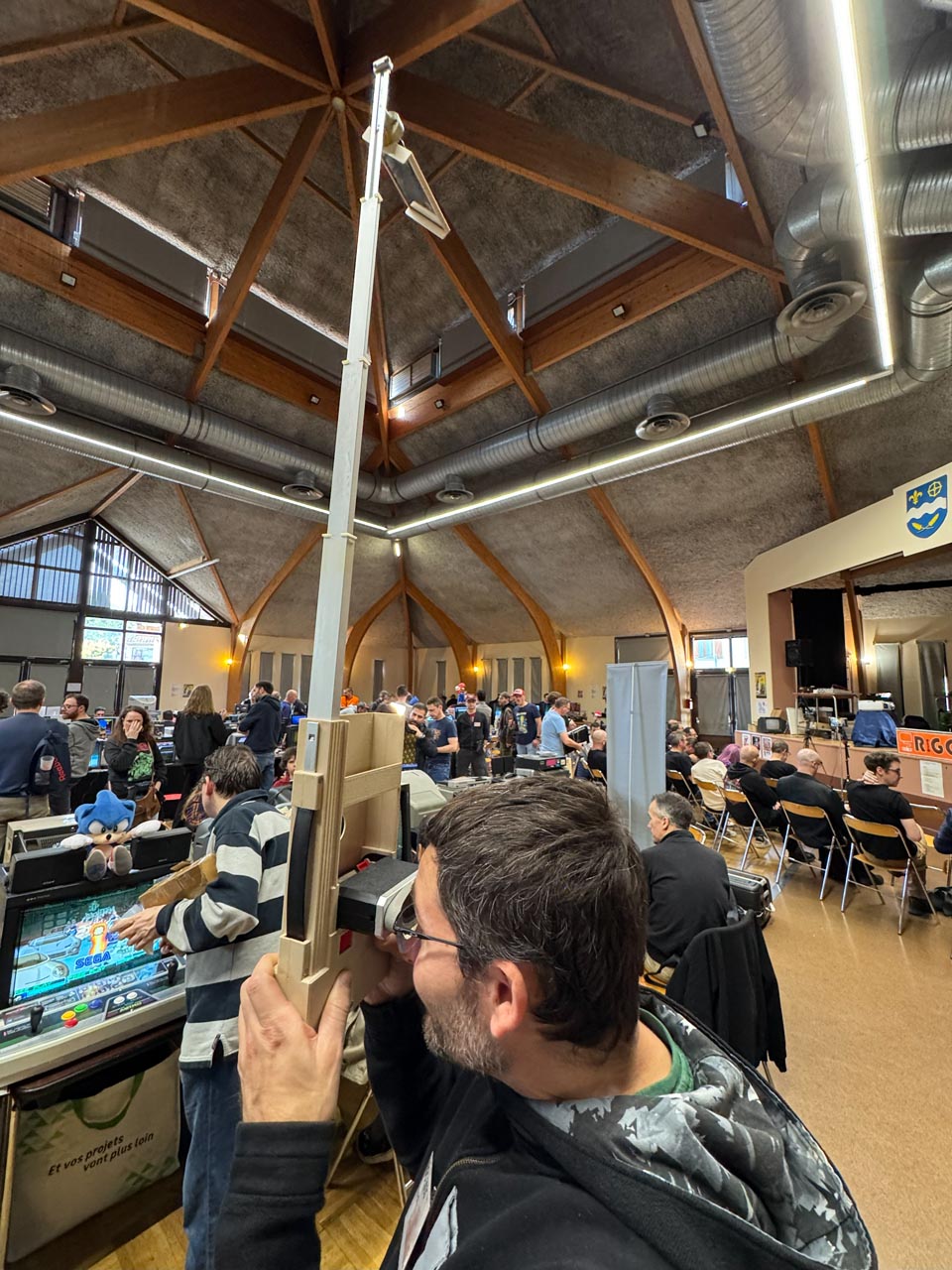 Ultrascope (1971). A kind of periscope that gives a higher point of view.
Ultrascope (1971). A kind of periscope that gives a higher point of view.
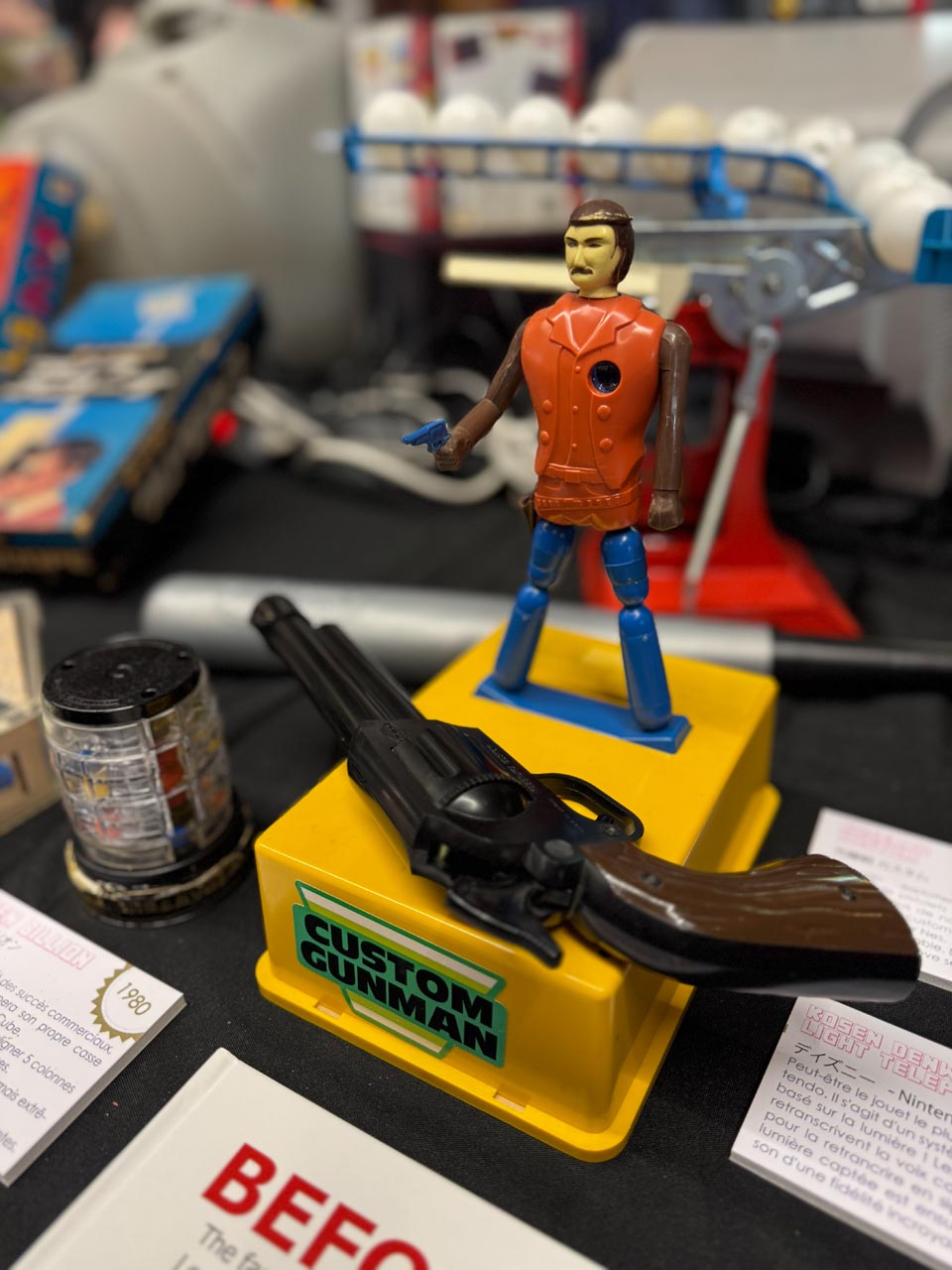 Custom Gunman (1976). The Cowboy falls dead when shot by the gun.
Custom Gunman (1976). The Cowboy falls dead when shot by the gun.
Consoles
There were of course a lot of consoles to enjoy.
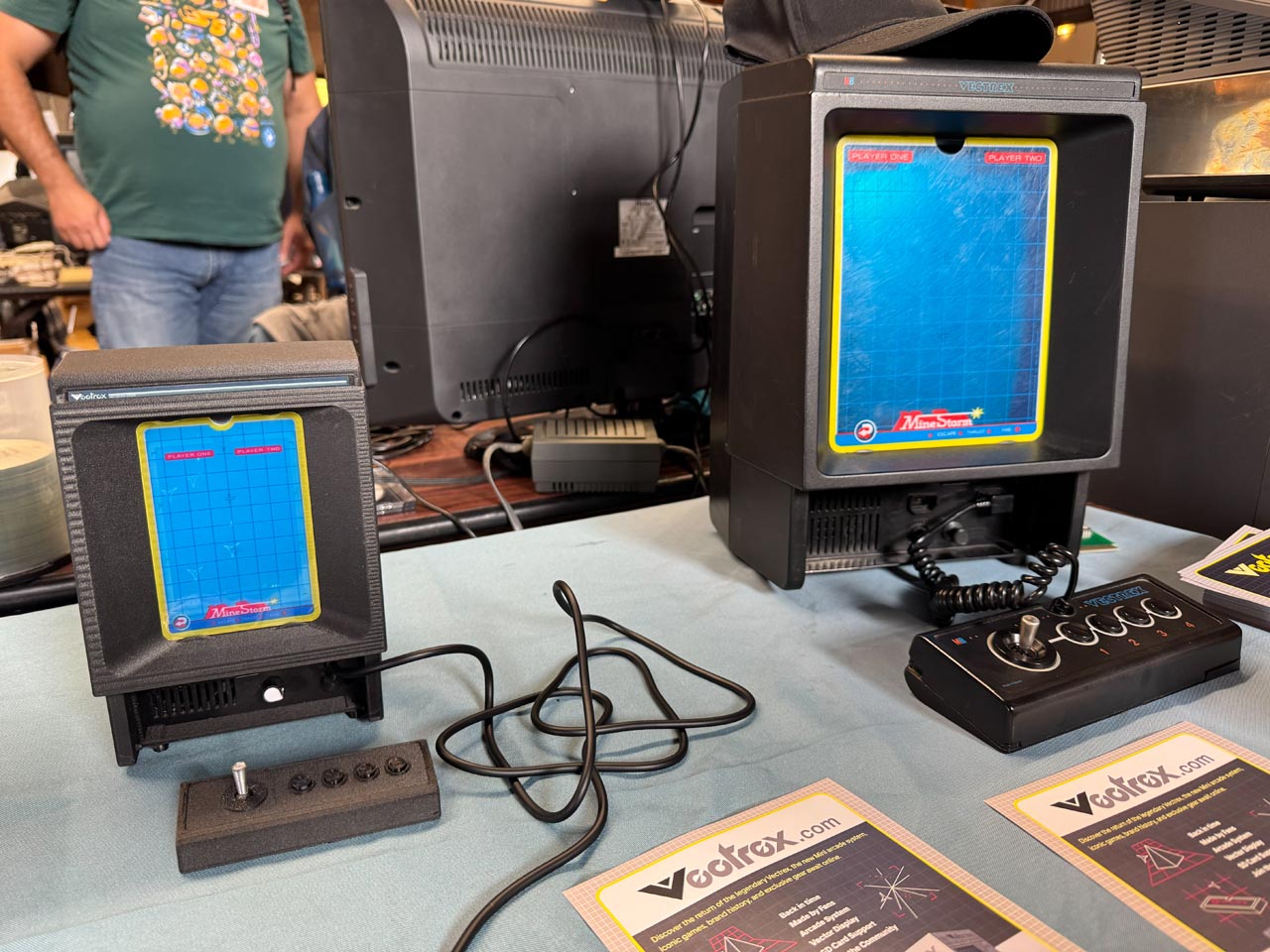 A prototype of to-be-released Vectrex Mini was playable
A prototype of to-be-released Vectrex Mini was playable
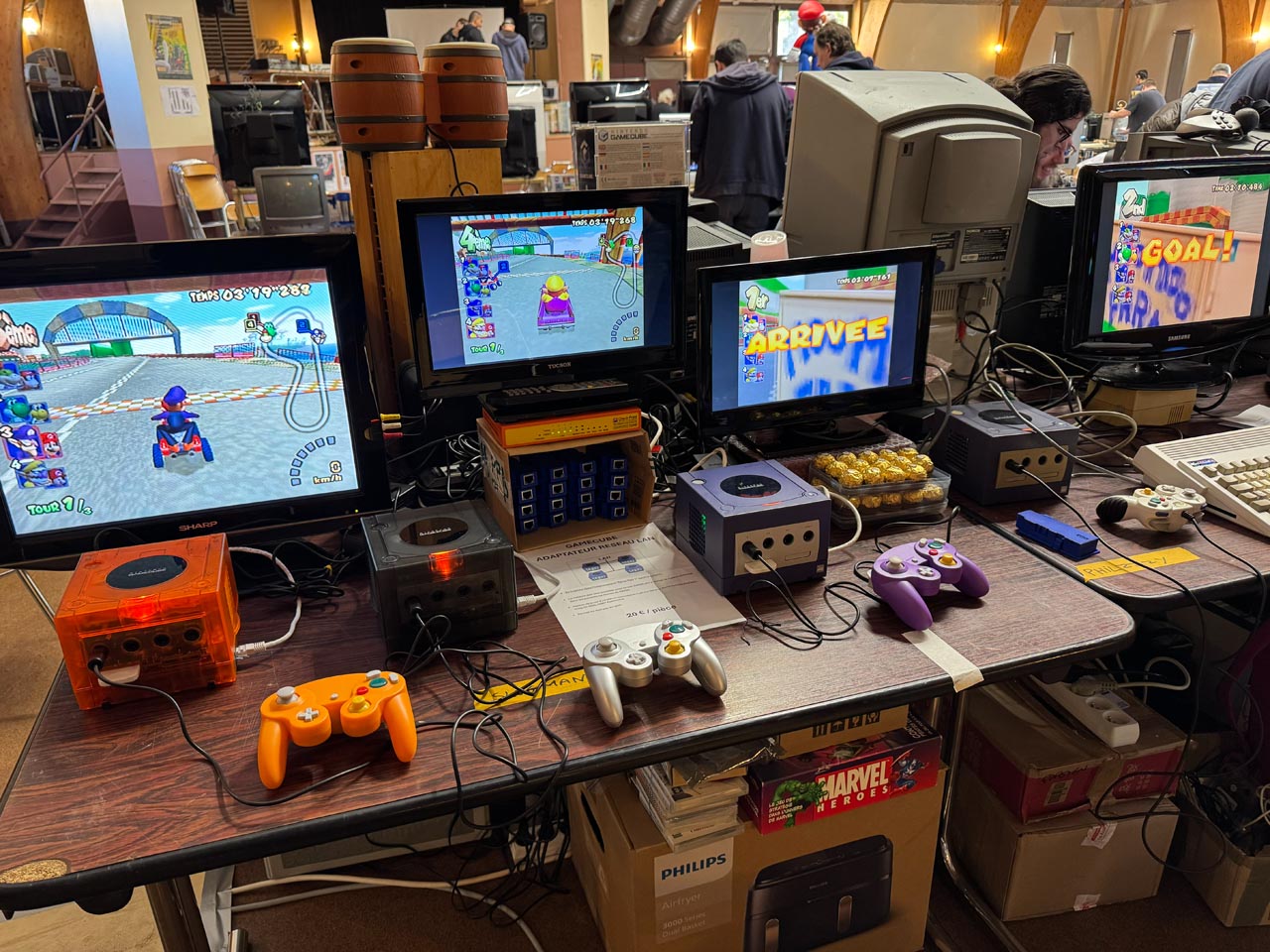 Four GameCubes connected with home-made internet connectors to play Mario Kart Double Dash
Four GameCubes connected with home-made internet connectors to play Mario Kart Double Dash
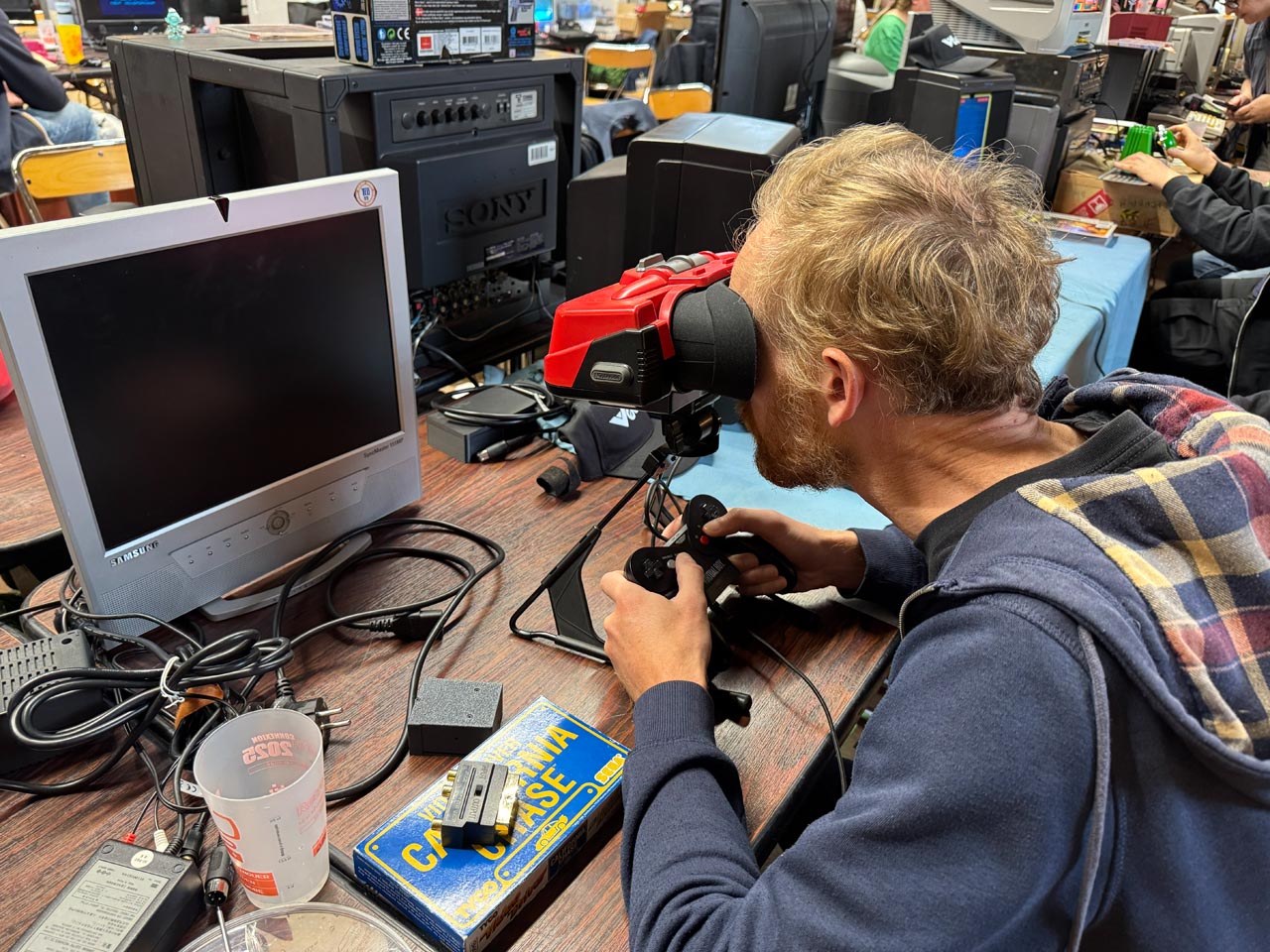 Enjoying the Virtual Boy
Enjoying the Virtual Boy
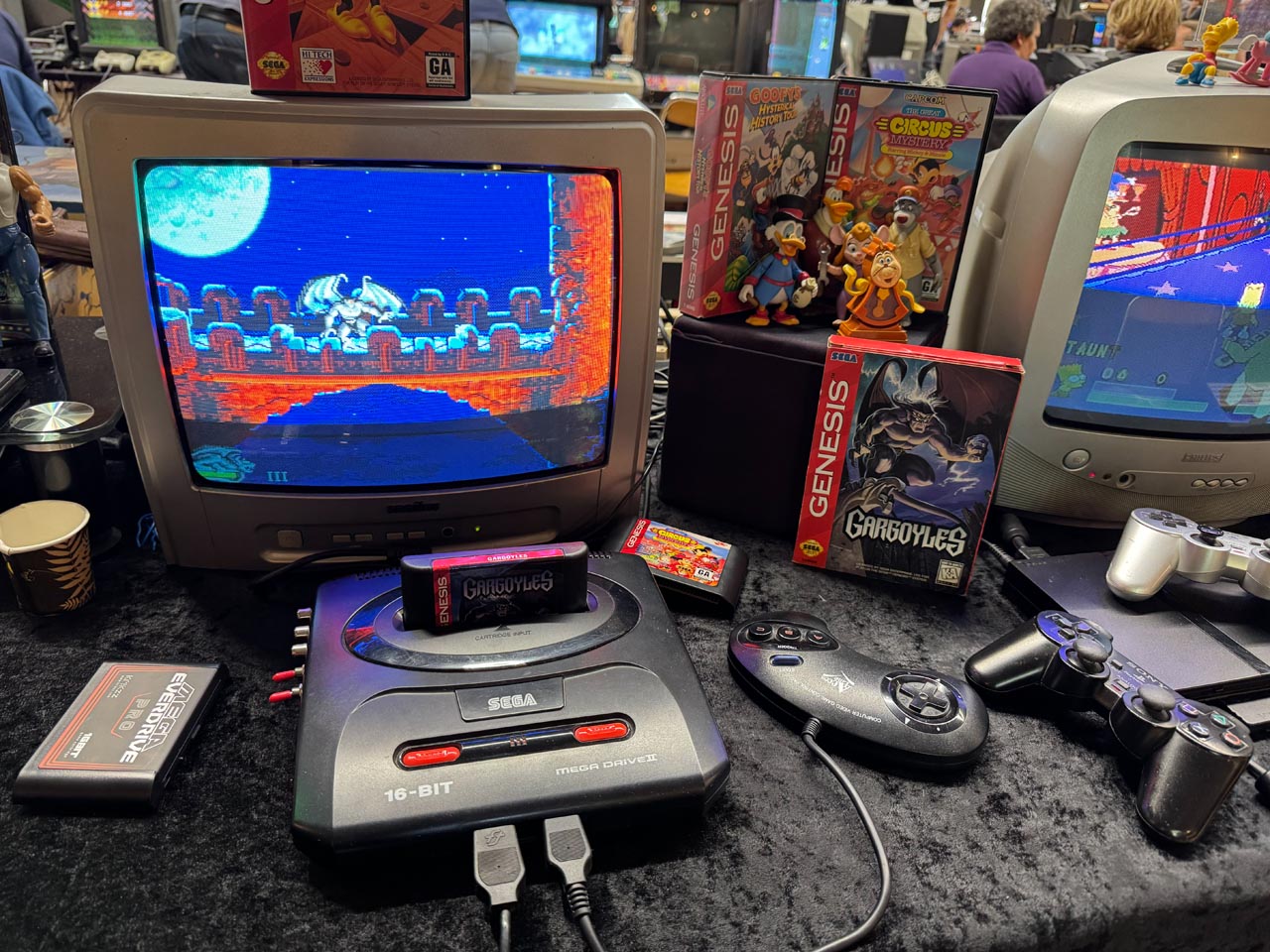 Gargoyles is a gorgeous game for the Megadrive
Gargoyles is a gorgeous game for the Megadrive
 The Amstrad MegaPC: a 386sx PC embedding a Megadrive board. It can run both Windows 3 and Sonic
The Amstrad MegaPC: a 386sx PC embedding a Megadrive board. It can run both Windows 3 and Sonic
2025 is the 40th anniversary of the release of Super Mario Bros. on the Famicom. There was a booth devoted to Super Mario games through the generations.
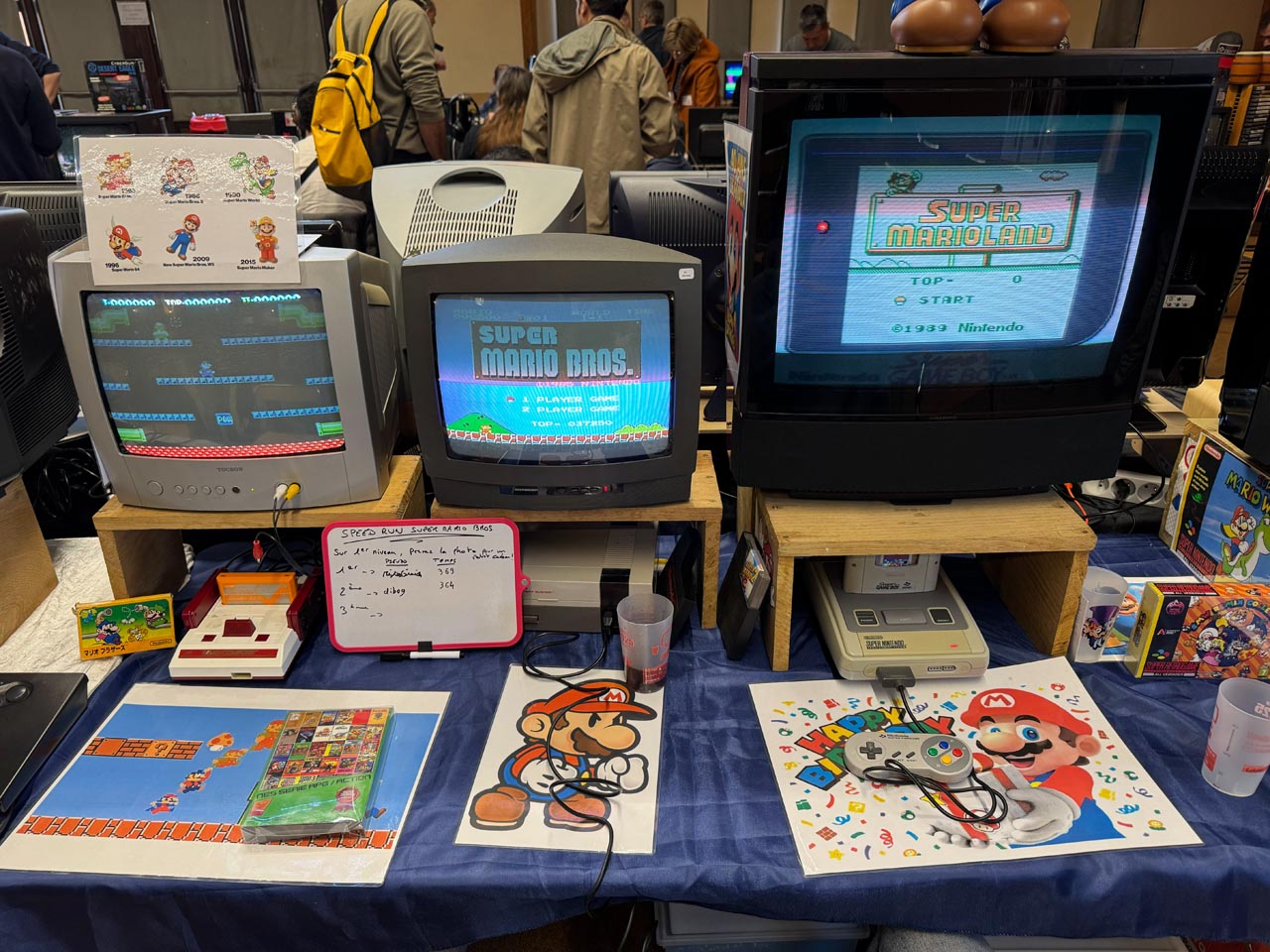 Mario Bros. on a Famicom, Super Mario Bros on a NES and Super Marioland on a Super Gameboy Adapter
Mario Bros. on a Famicom, Super Mario Bros on a NES and Super Marioland on a Super Gameboy Adapter
 The romhack Super Mario Remix on Super Famicom and Super Mario All-Stars on SNES
The romhack Super Mario Remix on Super Famicom and Super Mario All-Stars on SNES
 Super Mario 64 on a N64 and Super Mario Sunshine on a GameCube
Super Mario 64 on a N64 and Super Mario Sunshine on a GameCube
There was a lot of other consoles, games, arcade cabinets and other things that I did not take the time to photograph. But at the end of the say, I had met plenty of interesting people and tried a lot of machines, some of them I had barely heard of.
And of course I had my 3DS in my pocket, with the hope to StreetPass other 3DS aficionados.
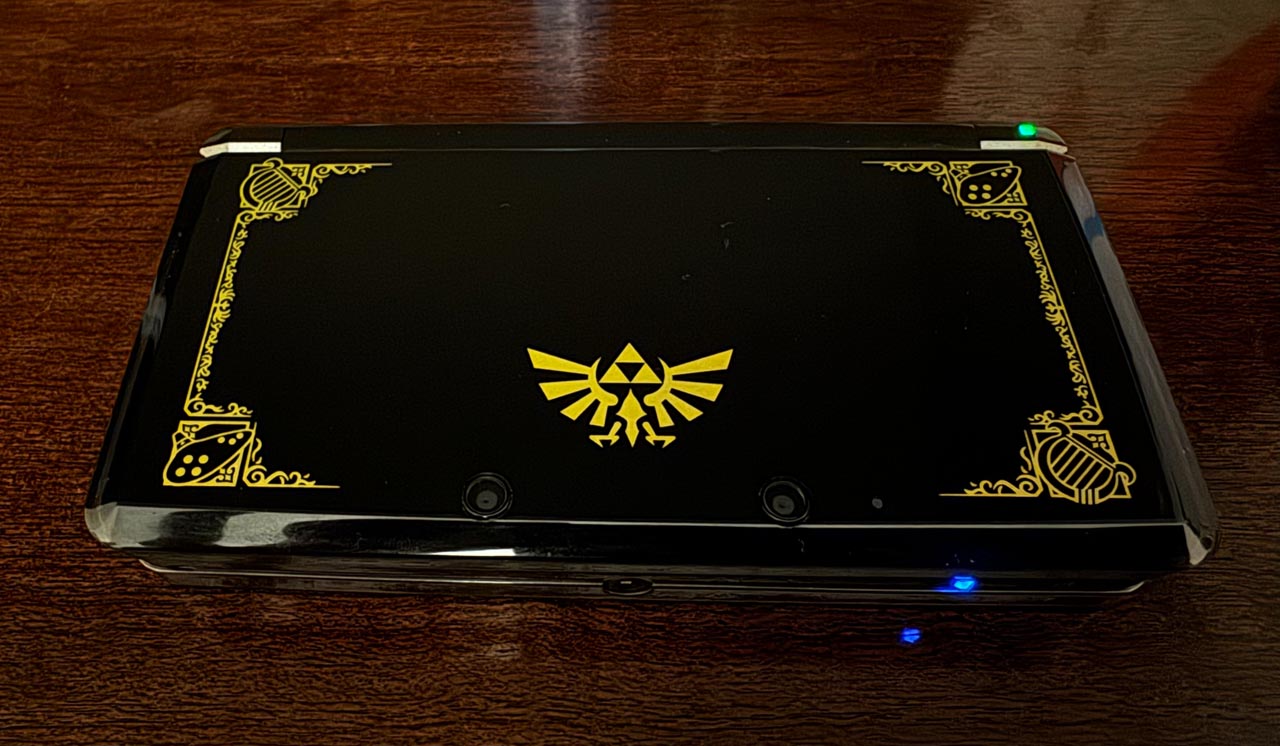 The green LED notifies that I received new Mii friends for my “Plaza” 😊
The green LED notifies that I received new Mii friends for my “Plaza” 😊